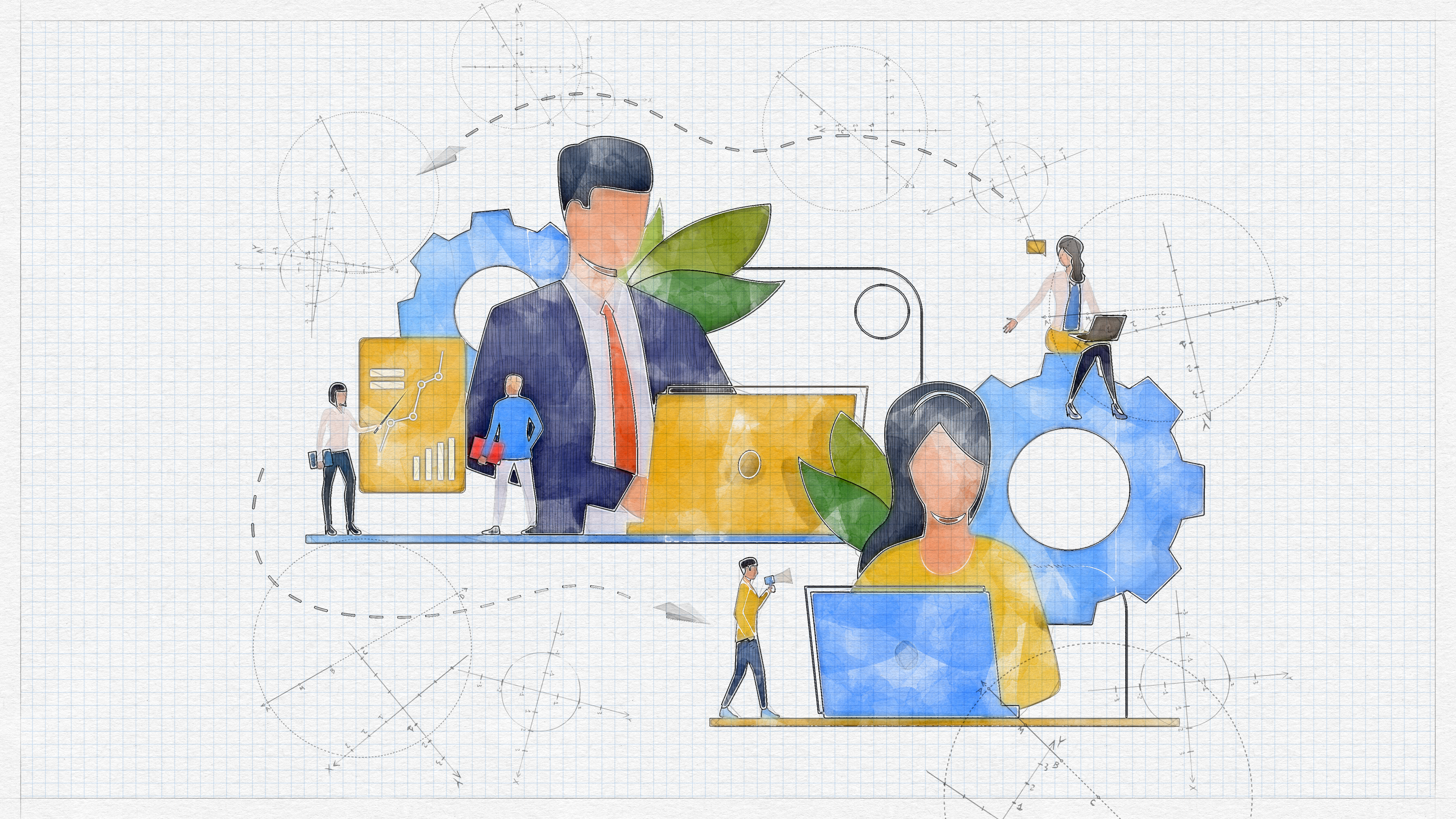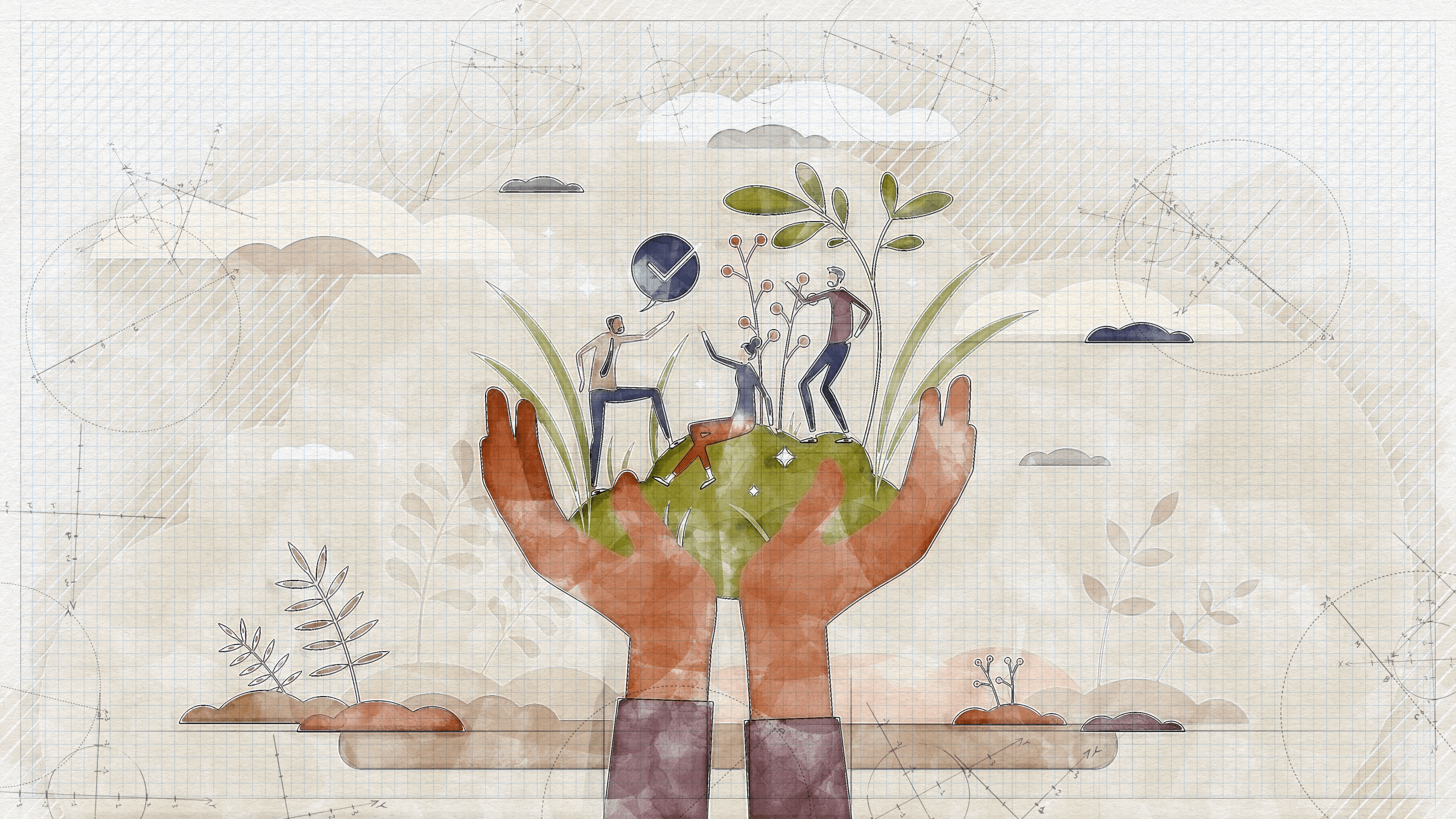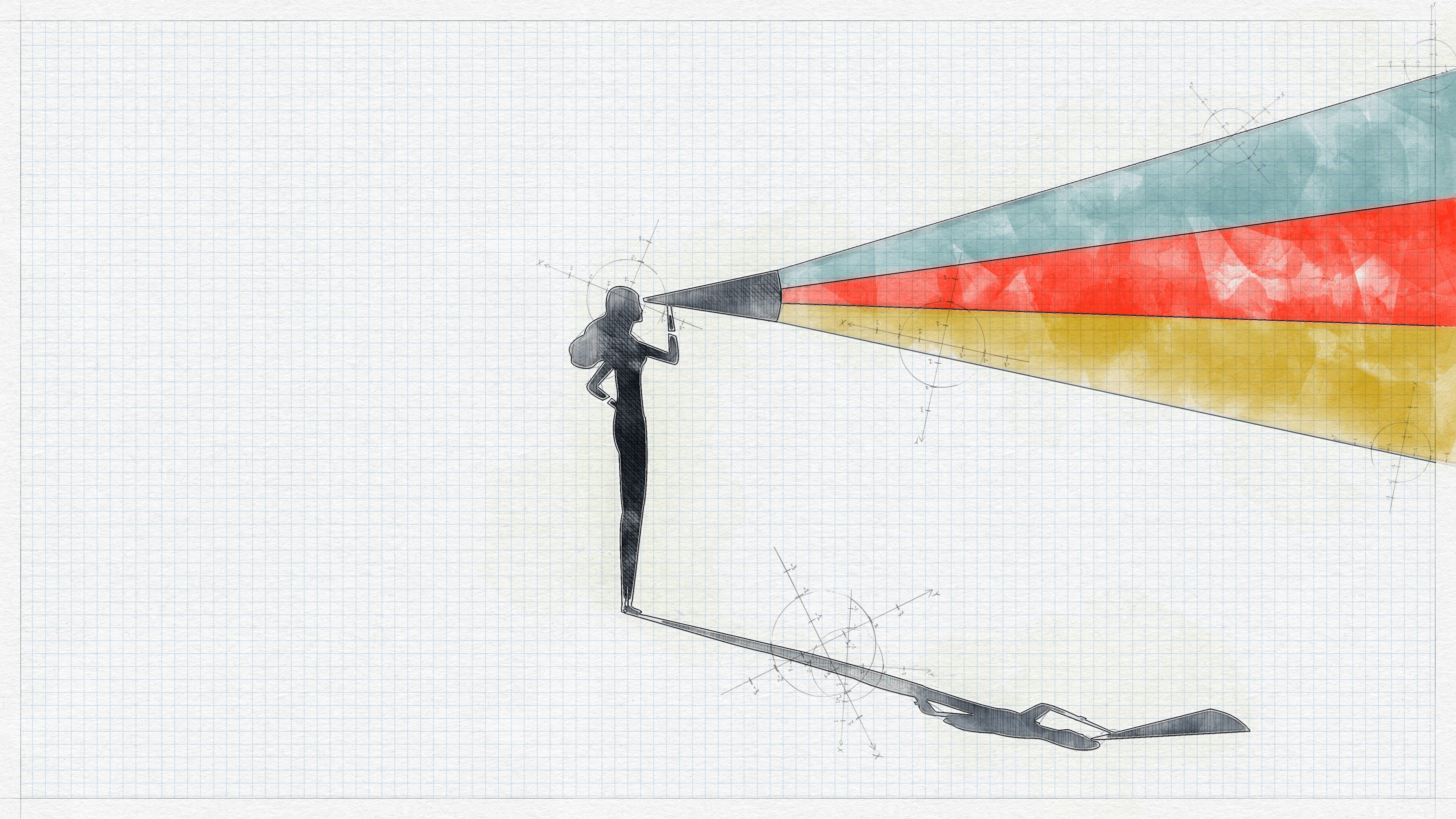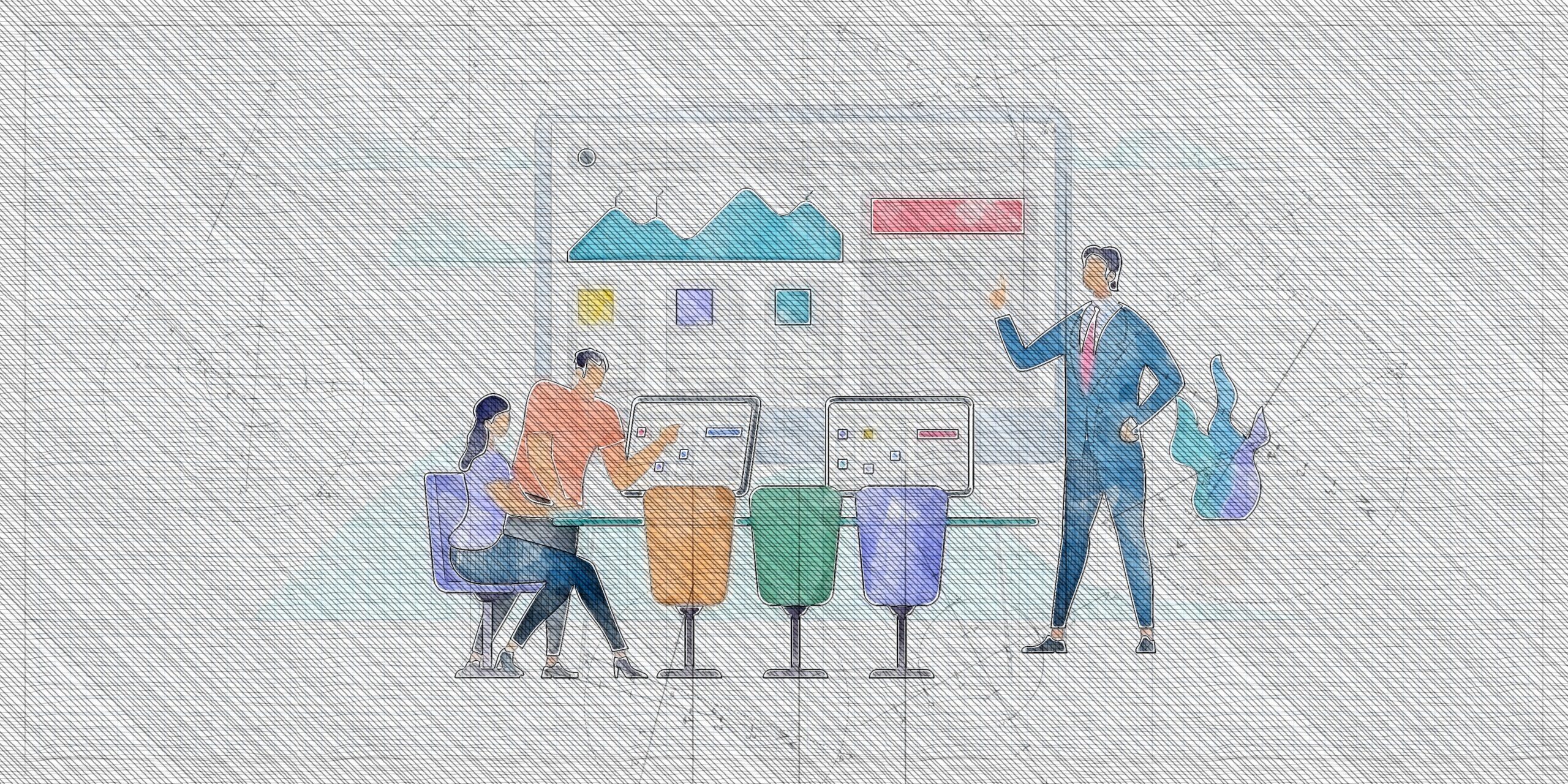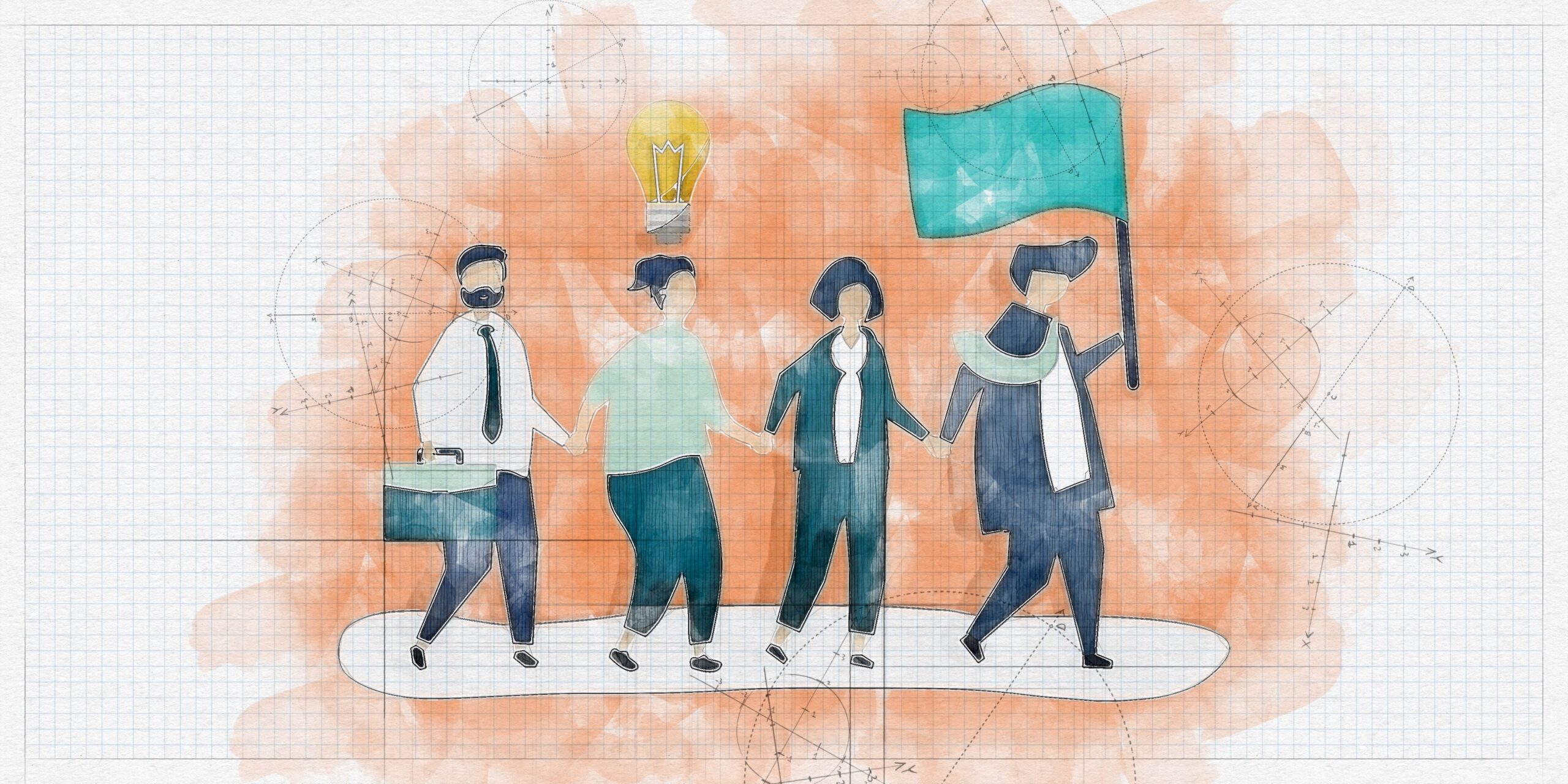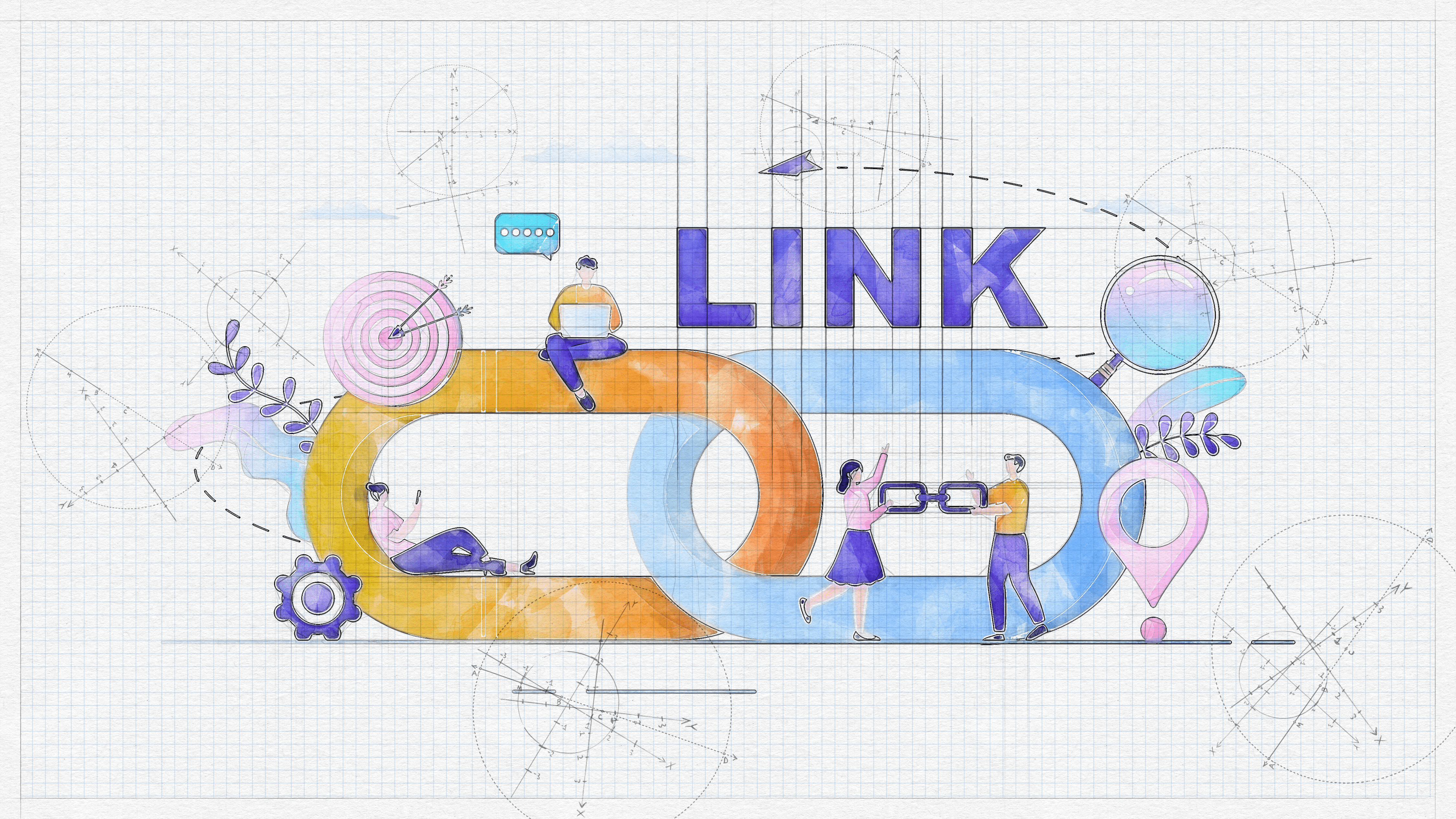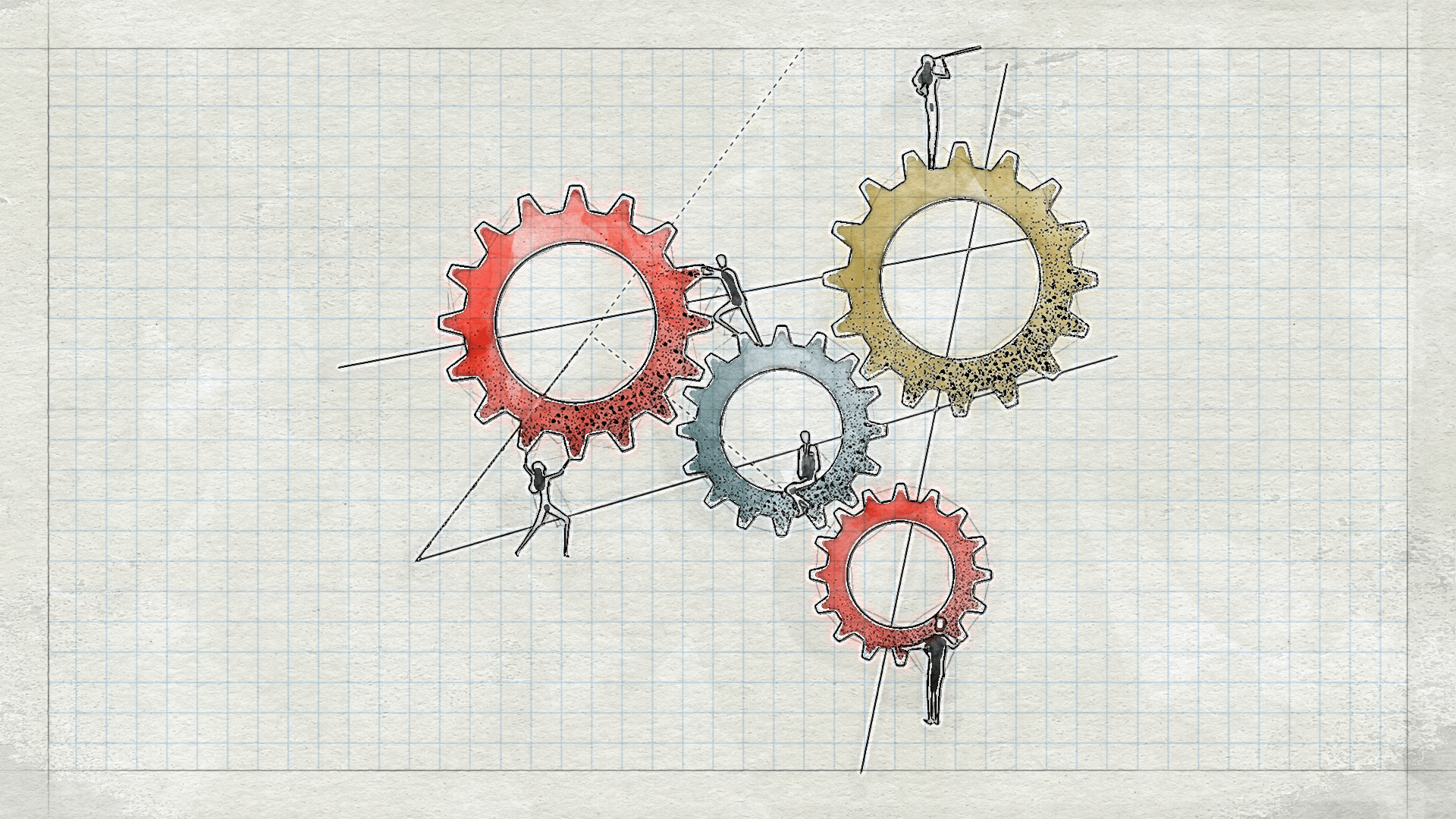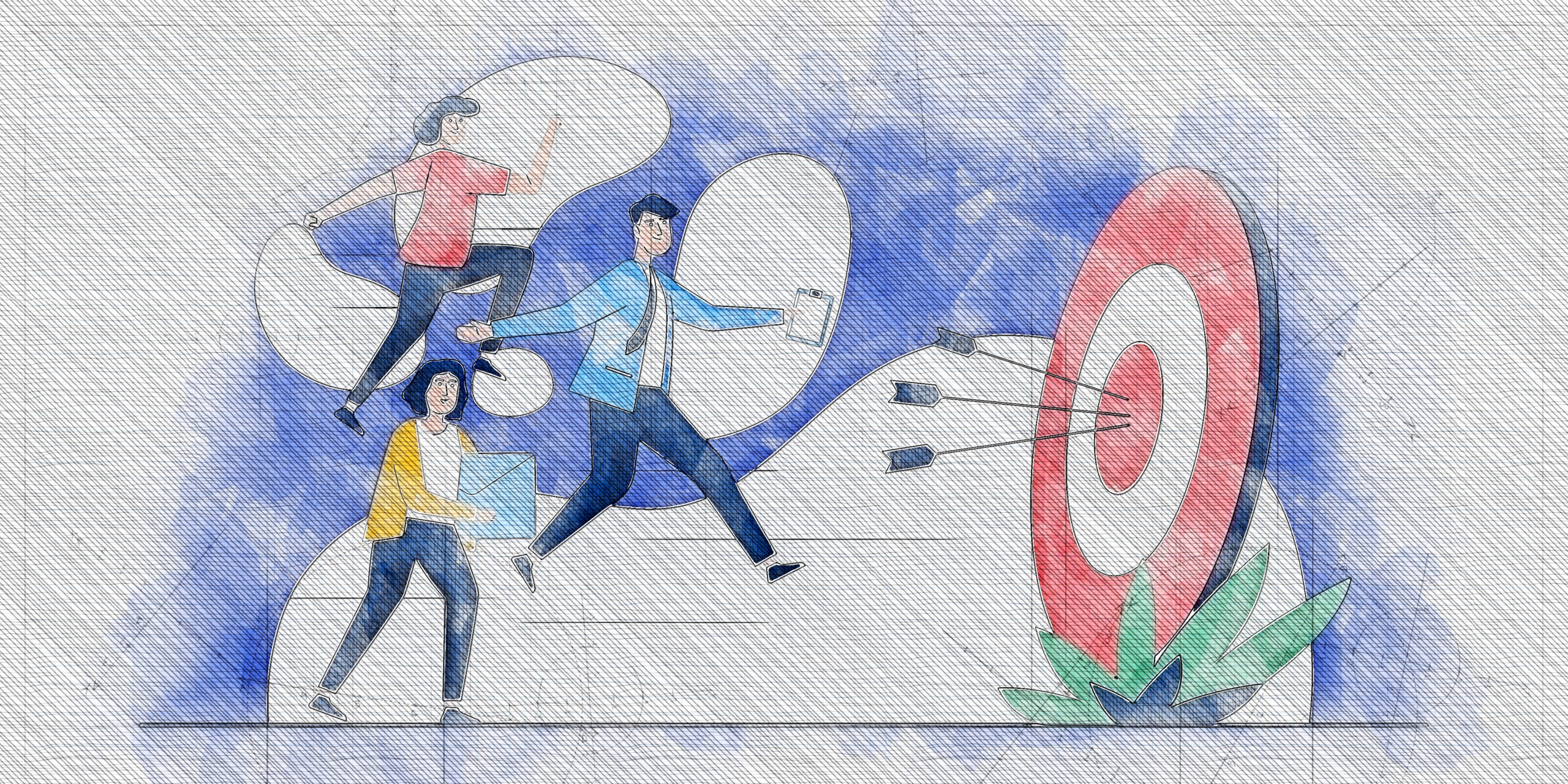In today’s day and age, one finds it hard to not be “always-on”. We live in a hyper-connected world both in our personal lives and professional avatars. The development of technology has allowed everything in our lives to take a multi-sensory approach, including people management. There is an unsaid, yet underlined expectation to respond to texts, emails, calls, social media pings, etc. Failure to do so only sends more text, email, calls our way! Constant connection and information about everything, anything, everywhere has become a way of life for most working professionals. And yet how much information can our brain really process and retain? According to neuroscience, our brains are hardwired to forget, not to remember. In 2015, one statistic went viral: “humans have an 8-second attention span. Less than that of a goldfish! And it’s getting shorter!” While the statistic itself was false, it went viral but the message felt relatable – the losing battle with information overload, constant struggle of processing the endless stream of emotions not just information, frequently experiencing anxiety triggered by decreased working memory.
Brand marketers and advertisers have recognised this very real crisis of human attention and interconnected action. Therefore, successful brands engage us through many of our senses, they use a multi-sensory approach. Have you noticed that commercials tend to be louder than the show you’re watching? Competing brands often use colour tones on the opposite ends of the spectrum when trying to stand out and almost the same in a mass market product line. Smooth flawless packaging of Apple products, screams “premium”.
So if marketers can use a multi-sensory approach to land their message, why can’t managers? Adopting a Multi sensory approach can help slow down the forgetting curve. It helps increase understanding and retention of information. Managers can use the same multi sensory approach in people management to enhance team engagement by incorporating different sensory inputs into their communication style. A multi-sensory approach can accelerate team innovation by boosting creativity, improving cooperation, and encouraging varied viewpoints.
Fun at work is one of the key drivers of a great workplace. Eighty-one percent of employees at companies ranked as “great” described their office environments as fun. For most organisations the percentage is much lower. What most organisations fail to understand is that ‘fun’ is not about doing things outside of work to have fun, but about changing ways of working to make work more engaging and thereby fun. A multi sensory approach can achieve just that. Since taking this approach means once in a while moving away from routine business review and using a mix of Auditory, Visual, Kinaesthetic or Experiential modes to enhance the quality of communication and interaction. Here are some examples.
Sensory Brainstorming Sessions
Traditional brainstorming sessions can be enhanced by incorporating multi-sensory elements. Consider offline tools such as chart papers, post its, colourful sketch pens and stickers. Managers can change the office dynamic to create an environment that stimulates the senses, such as playing inspiring music, displaying visually stimulating images or objects, or even introducing unconventional scents. This sensory stimulation can help team members think outside the box and generate innovative ideas.
Behaviour Spotlight Sessions
Drama, role play, storyboarding can be great tools to create a supportive and empathetic work environment that acknowledges the emotional aspect of teamwork. Helping team members express, recognize and validate each other’s emotions, both positive and negative, can foster better team dynamics and enhance communication. Organizations with great work cultures leverage role play to build awareness and skill on sensitive topics such as performance feedback, speak up culture and diversity.
Operating from a different working space
Change of work space can be a refreshing experience for the entire team. This could include working from a different branch office, accompanying a team member for a field trip, informal visits to museums or exhibitions, visit to a team member’s home or virtual reality experiences that expose team members to different environments and perspectives. Change in the working environment can break the monotony of everyday work, encourage new connections and spark fresh ideas. In the Indian context for a vast majority of employees, a manager’s attempt to build a connection with the team member’s family demonstrates respect and care for the team member.
Visual Communication
Managers often use visual aids such as charts, graphs, and diagrams to convey information and objectives effectively. Visuals help team members grasp complex concepts, see the big picture, and understand data more easily. However, a new language for communication is emerging – Memes! Memes are a powerful way for team members to candidly express themselves. Memes forge a sense of belonging by helping team members to have a directory of inside jokes. They can also lighten the mood and add humour to an otherwise mundane conversation. But memes can do more than add humour. They are effective tools for boosting morale and creating a psychologically safe environment.
Design Thinking Workshops
Design thinking workshops often utilize multi-sensory techniques to foster innovation. Managers can guide their teams through activities that involve sketching, prototyping, role-playing, and physical interactions. These hands-on experiences help team members approach problems from different angles and uncover unique solutions.
Visualization and Storytelling
Visual and auditory storytelling techniques can be employed to inspire innovation. Managers can encourage team members to create visual representations of ideas or concepts using mind maps, sketches, diagrams, or storyboards. Additionally, storytelling can be used to communicate the vision, purpose, and potential impact of innovative ideas, making them more tangible and relatable to the team.
Doodling during meetings
According to research, when we doodle, the brain is actually paying more attention and remembers more information. By providing a creative release it helps with mental health. One study showed that doodling activates the brain’s reward pathways.
Floor Walks
And if all of the above seem out of reach, take to the simple, time tested and well researched ‘floor walk’. It has proven to be a powerful tool to build engagement, finding better ways of working, facilitating bottom up communication, enhancing leadership visibility and brand to name a few benefits.
Remember, the key is to create an inclusive and supportive environment where team members feel comfortable engaging their senses and sharing their ideas. By leveraging a multi-sensory approach in people management, managers can stimulate innovation, break through traditional thinking patterns, cultivate a culture of creativity and exploration and infuse fun at work.

